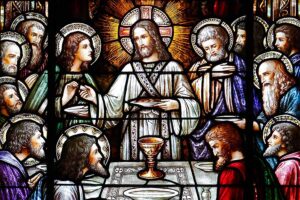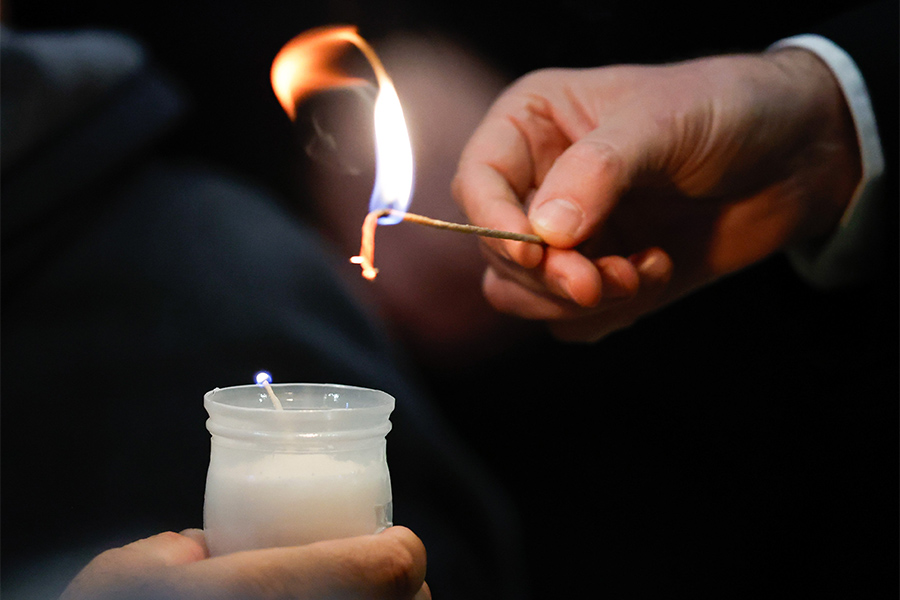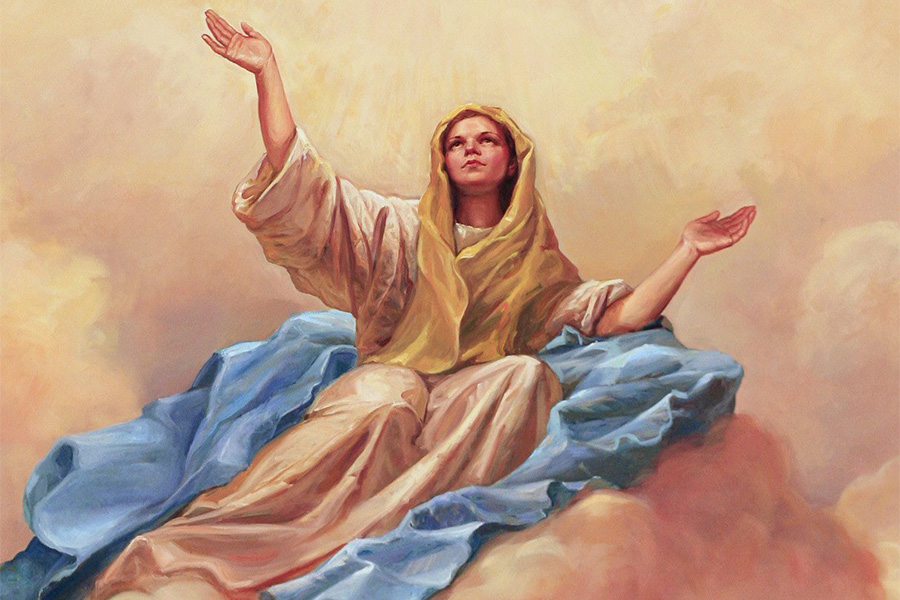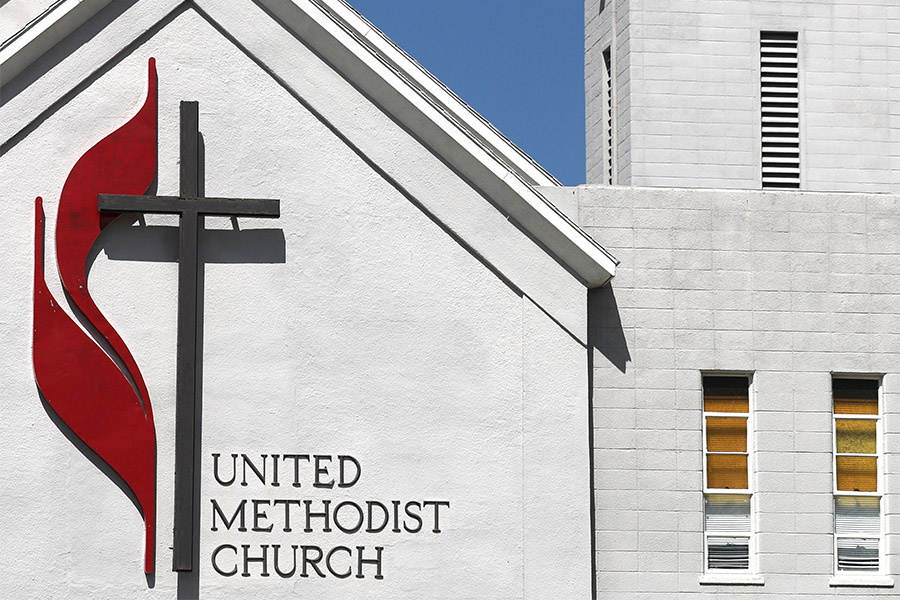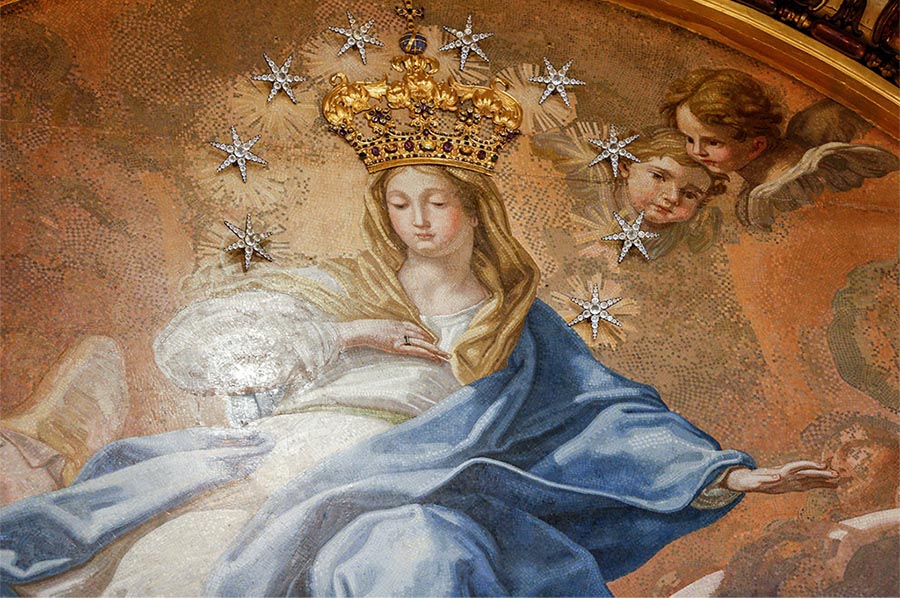Only 150 years ago, in October 1873, Eastern Orthodox theologian (and later Metropolitan of Nicomedia) Philotheos Bryennios made a monumental discovery in the bowels of the library of the Great School of the Nation in Istanbul. He found a complete manuscript of the late first-century catechism known as “The Teaching of the Lord to the Gentiles by the Twelve Apostles,” or simply, “The Didache.”
The one-time existence of this important Christian manual of instruction had been known for centuries, and it had been quoted extensively in Christian literature, but it was thought to have been lost to history — its partial teaching preserved only in fragments and quotations in other works. Thus, the discovery by Metropolitan Bryennios of the entire work is a seminal moment in Christian catechetical history. It is as important for Christians in 2023 as it was when it was compiled nearly 2,000 years ago. The Didache not only provides a fascinating glimpse of the liturgical and moral life of the early church, but also offers relevant guidance for every age, including our own. The sesquicentennial of its discovery is a perfect time to read it anew.
The first of The Didache’s two distinct parts is a series of admonitions related to “the two ways, one of life and one of death.” The way of life is this: “first, you shall love God, who made you; second, your neighbor as yourself.” This is elaborated through a short manual of moral instruction, drawn largely from the Ten Commandments and the Sermon on the Mount from the Gospel of Matthew.
The way of death, in contrast, “is evil and completely cursed.” Including a detailed catalog of specific vices, this is “the way of persecutors of good people, of those hating truth, … having no mercy for the poor, not working on behalf of the oppressed, not knowing Him who made them.” The description of the way of death concludes with the hope that the reader will “be delivered … from all these things.”
The second part of The Didache is the most intriguing, though, as it affirms our current liturgical rites and practices through a description of their ancient antecedents. Of course, liturgical forms have developed over the centuries. But the kernel of the essential nature of Catholic Christian liturgy is beautifully portrayed in this fascinating early catechism.
For example, The Didache teaches that baptism shall be in “living water” if available. If not, the instruction continues, “then pour water on the head three times in the name of the Father and Son and Holy Spirit.” Settling a later dispute among some Christian traditions, baptism by pouring water was already practiced while some apostles were possibly still living.
While the Liturgy of the Eucharist has changed significantly from the prescribed prayers in The Didache, we can see the church’s understanding of the theology of the Eucharist in these early years. “Concerning the cup,” pray, “We give you thanks, our Father, for the holy vine of David your servant, which you have made known to us through Jesus, your son.” Unity and catholicity are strongly affirmed in the prayers over the bread. As to the “broken bread,” you should pray in part, “Just as this broken bread was scattered upon the mountains and then was gathered together and became one, so may your church be gathered together from the ends of the earth into your kingdom.”
At the conclusion of the Eucharistic feast is a prayer that echoes in the Eucharistic prayers that we use today: “Remember your church, Lord, to deliver it from evil and to make it perfect in your love; and gather it … from the four winds into your kingdom, which you have prepared for it.”
The Didache then instructs its reader to test the authenticity of alleged or purported Christian teachers by the canon of these prayers and liturgical rites. In other words, we already see the development of an authoritative tradition, handed down by the Apostles to the first generation of Christian leaders. This living tradition, long before a canon of Scripture was closed or even contemplated, is the church’s authoritative voice in antiquity. And continuity with the tradition was the test of orthodoxy and sound practice.
Through the centuries, the church has maintained this model of developing authority, found already in the first century. The authoritative voice of the church is not reduced to Scripture alone, but rather Scripture as read in the church through its vibrant, life-giving tradition.
As a convert to the Catholic Church from a tradition that claims to have “restored” the church of the first century, my faith journey was substantially guided by The Didache, along with other contemporary documents known as the “Apostolic Fathers.” Here I discovered the form of liturgy, prayer, authority and tradition that was never taught to me in my evangelical seminary. The Didache is a refreshing reminder that the practices of the Catholic Church today are in remarkable continuity with that of the earliest Christians, including those who were taught directly from the Twelve, themselves.
The early church is the Catholic Church. The Didache is the locus classicus of that important truth.
Read More Commentary
Copyright © 2023 OSV News
